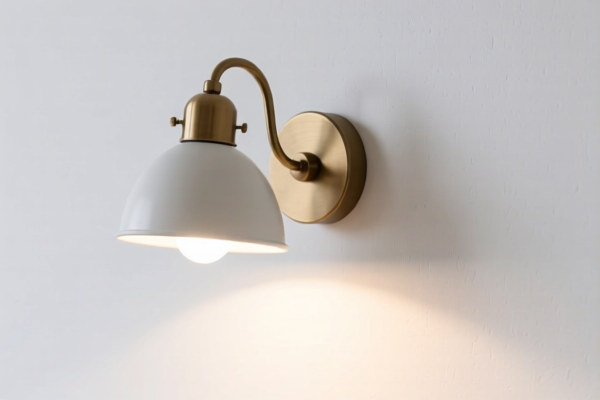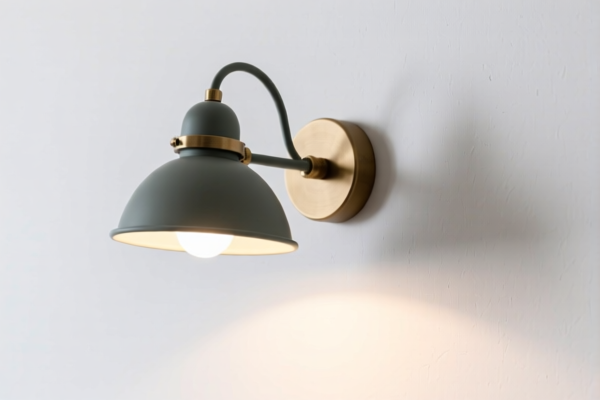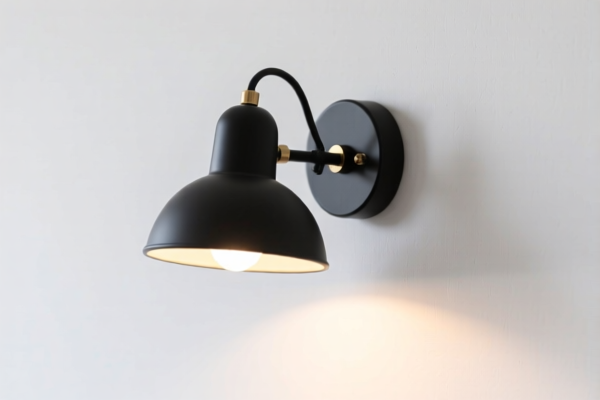| HS Code | Official Doc | Tariff Rate | Origin | Destination | Effective Date |
|---|---|---|---|---|---|
| 8310000000 | Doc | 55.0% | CN | US | 2025-05-12 |
| 8304000000 | Doc | 33.9% | CN | US | 2025-05-12 |
| 8512202080 | Doc | 55.0% | CN | US | 2025-05-12 |
| 8512202040 | Doc | 55.0% | CN | US | 2025-05-12 |
| 8541420010 | Doc | 20.0% | CN | US | 2025-05-12 |
| 8541430010 | Doc | 20.0% | CN | US | 2025-05-12 |




Solar Wall Light
A solar wall light is an outdoor lighting fixture powered by energy captured from the sun. These lights are designed for ease of installation and operation, reducing the need for electrical wiring and offering a sustainable lighting solution.
Material
Solar wall lights typically incorporate the following materials:
- Photovoltaic (PV) Cells: Usually monocrystalline or polycrystalline silicon, these cells convert sunlight into electricity.
- LEDs (Light Emitting Diodes): Provide the illumination. LEDs are energy-efficient and have a long lifespan.
- Battery: Stores the energy generated during the day for use at night. Common battery types include Lithium Iron Phosphate (LiFePO4), Nickel-Cadmium (Ni-Cd), and Nickel-Metal Hydride (Ni-MH), with LiFePO4 becoming increasingly prevalent due to its superior performance and lifespan.
- Housing: Constructed from durable, weather-resistant materials such as ABS plastic, stainless steel, or aluminum alloy to protect internal components from the elements.
- Control Circuitry: Manages the charging and discharging of the battery, as well as sensor functions (see Function section).
Purpose
The primary purpose of a solar wall light is to provide illumination for outdoor areas without the need for a direct electrical connection. This makes them ideal for:
- Security Lighting: Deterring potential intruders by illuminating pathways, entrances, and vulnerable areas.
- Accent Lighting: Highlighting architectural features, gardens, or landscaping.
- Pathway Lighting: Providing safe navigation along walkways and driveways.
- Decorative Lighting: Adding ambiance and aesthetic appeal to outdoor spaces.
Function
Solar wall lights operate on a relatively simple principle:
- Solar Energy Absorption: PV cells convert sunlight into direct current (DC) electricity.
- Energy Storage: The DC electricity is used to charge the battery during daylight hours.
- Automatic Activation: Most lights include a light sensor (photocell) and/or a motion sensor.
- Photocell: Automatically turns the light on at dusk when sunlight diminishes and off at dawn.
- Motion Sensor: Activates the light only when movement is detected within a specified range, conserving battery power.
- Illumination: The stored energy powers the LEDs to provide light output.
Usage Scenarios
- Residential: Lighting porches, patios, garages, sheds, fences, and driveways.
- Commercial: Illuminating building entrances, walkways, parking areas, and security perimeters.
- Rural/Remote Locations: Providing lighting where access to the electrical grid is limited or unavailable.
- Emergency Lighting: Serving as a backup light source during power outages.
Common Types
- Integrated Lights: All components (PV cell, battery, LEDs, sensor) are housed in a single unit. These are the most common and easiest to install.
- Separate PV Panel Lights: The PV panel is mounted separately from the light fixture, allowing for optimal sun exposure even if the light is in a shaded location. These often use a cable to connect the panel to the light.
- Motion Sensor Lights: Activate only when movement is detected, conserving energy.
- Dusk-to-Dawn Lights: Automatically turn on at dusk and off at dawn.
- Decorative Lights: Available in various shapes, sizes, and styles to enhance the aesthetic appeal of outdoor spaces. (e.g., garden lights, pathway lights, step lights)
- High-Lumen Lights: Designed for security applications, providing brighter illumination.
- Multi-Head Lights: Feature multiple LED heads for wider coverage.
Solar wall lights typically incorporate light-emitting diodes (LEDs) powered by photovoltaic cells. Here are relevant HS codes based on the provided information:
- 8512202080: Electrical lighting or signaling equipment (excluding articles of heading 8539), windshield wipers, defrosters and demisters, of a kind used for cycles or motor vehicles; parts thereof: Other lighting or visual signaling equipment: Lighting equipment Other. This code covers electrical lighting equipment, and solar wall lights fall under this category as a general lighting solution. The base tariff is 0.0%, with a 25.0% additional tariff currently, increasing to 30.0% after April 2, 2025, resulting in a total tariff of 55.0%.
- 8541420010: Semiconductor devices (for example, diodes, transistors, semiconductor-based transducers); photosensitive semiconductor devices, including photovoltaic cells whether or not assembled in modules or made up into panels; light-emitting diodes (LED), whether or not assembled with other light-emitting diodes (LED); mounted piezo-electric crystals; parts thereof: Photosensitive semiconductor devices, including photovoltaic cells whether or not assembled in modules or made up into panels; light-emitting diodes (LED): Photovoltaic cells not assembled in modules or made up into panels Crystalline silicon photovoltaic cells of a kind described in statistical note 10 to this chapter. This code applies to the photovoltaic cells used to power the light, specifically crystalline silicon cells not pre-assembled. The base tariff is 0.0%, with an additional tariff of 0.0% currently, increasing to 20.0% after April 2, 2025, resulting in a total tariff of 20.0%.
- 8541430010: Semiconductor devices (for example, diodes, transistors, semiconductor-based transducers); photosensitive semiconductor devices, including photovoltaic cells whether or not assembled in modules or made up into panels; light-emitting diodes (LED), whether or not assembled with other light-emitting diodes (LED); mounted piezo-electric crystals; parts thereof: Photosensitive semiconductor devices, including photovoltaic cells whether or not assembled in modules or made up into panels; light-emitting diodes (LED): Photovoltaic cells assembled in modules or made up into panels Crystalline silicon photovoltaic cells of a kind described in statistical note 10 to this chapter. This code applies to the photovoltaic cells used to power the light, specifically crystalline silicon cells assembled into modules. The base tariff is 0.0%, with an additional tariff of 0.0% currently, increasing to 20.0% after April 2, 2025, resulting in a total tariff of 20.0%.
It is important to note that the specific classification may depend on whether the photovoltaic cells are supplied as separate components or pre-assembled as part of the light fixture.
Customer Reviews
No reviews yet.